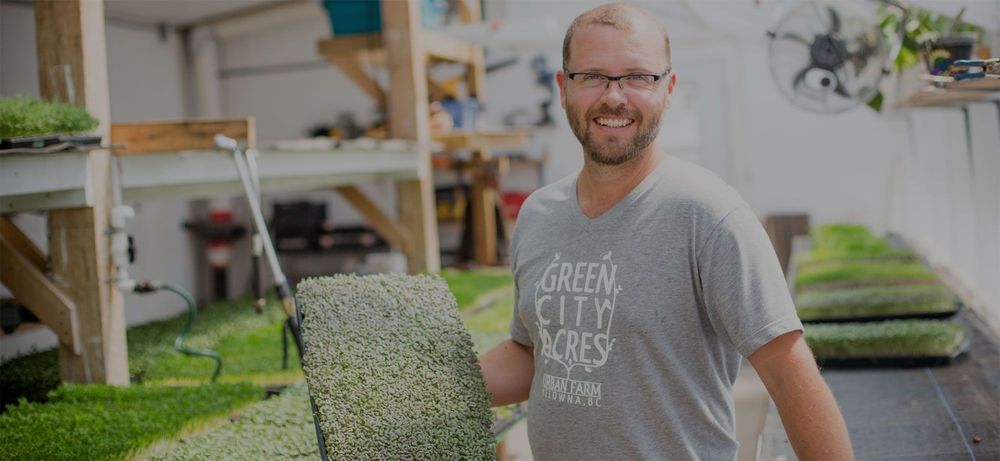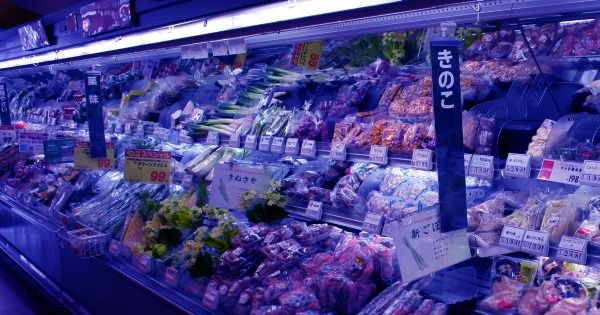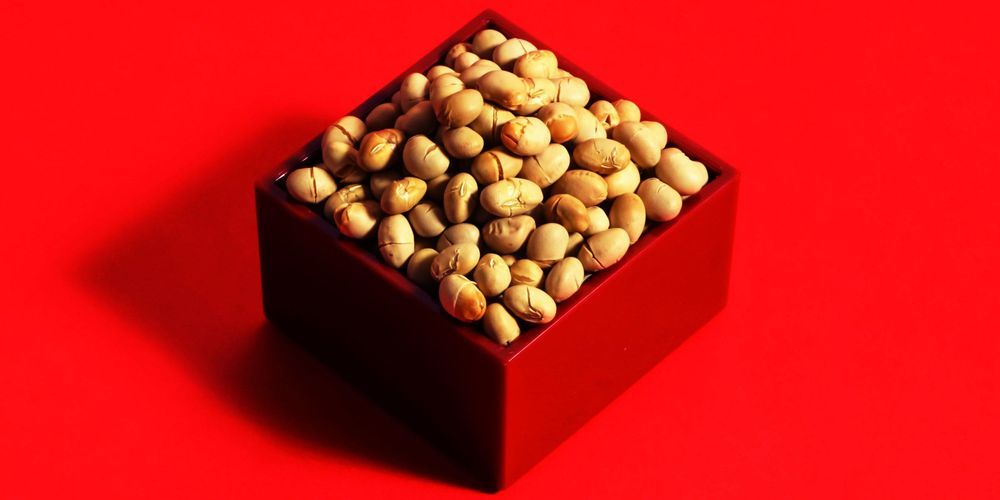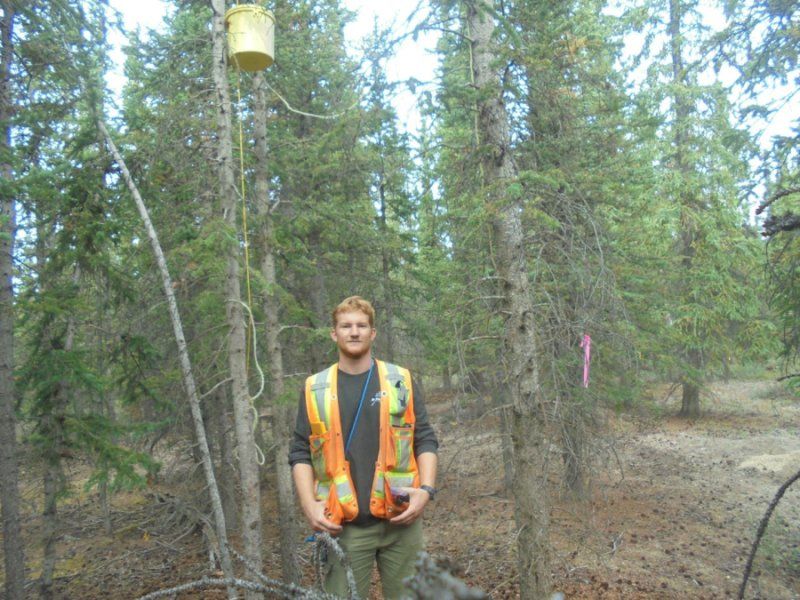The Urban Farmer is a comprehensive, hands-on, practical manual to help you learn the techniques and business strategies you need to make a good living growing high-yield, high-value crops right in your own backyard (or someone else’s).



Bio-PDO — Susterra propanediol produced by DuPont Tate & Lyle Bio Products — are among the many smart applications of corn, and constitute the building blocks of a number of environmentally friendly materials, increasingly used in the footwear manufacture.
We are all familiar with sweetcorn or corn on the cob and many of us enjoy eating it boiled and coated in butter. Americans in particular are especially fond of it although less than 1% of all the corn grown annually in the USA is for human consumption. The remaining 99% is industrial corn or maize which is used for animal feed and for processing into a variety of other products. Among these is Bio-PDO or, to give it its commercial name, Susterra propanediol produced by DuPont Tate & Lyle Bio Products, which is used as a basis for a number of environmentally friendly materials, increasingly used in footwear manufacture.
The variety of corn involved is known as yellow dent and has a high starch content. After harvesting and drying, it is transported to Tate & Lyle’s wet mill at Loudon, Tennessee. Using a wet milling process, the corn is separated into its four basic components: starch, germ, fibre and protein. The nutrient rich components are used for animal feed while glucose is derived from the remaining starch fraction and is the raw material used for making 1.3- propanediol. The process starts off with a culture of a special microorganism in a small flask with the glucose. As it grows, it is transferred to a seed fermenter, followed by a ten-story high production fermenter. Fermentation takes place under exact temperature conditions and involves a patented process where the microorganism functions as a biocatalyst, converting glucose into biobased 1.3-propaneidol.

NEW ORLEANS—Exposure to the widely used chemical bisphenol A (BPA) during pregnancy, even at levels lower than the regulated “safe” human exposure level, can lead to changes in circadian rhythms, according to a mice study to be presented Monday at ENDO 2019, the Endocrine Society’s annual meeting in New Orleans, La. The researchers report these changes may be a contributing factor in hyperactivity seen in BPA-exposed mice.
“The hypothalamus, which we have identified as a brain region that is particularly susceptible to developmental disruption by BPA, contains the site of the clock cells that govern daily rhythms throughout the body,” said researcher Deborah Kurrasch, Ph.D., Associate Professor at the University of Calgary in Calgary, Canada. “We have shown in previous research that BPA exposure in utero can cause defects to the development of hypothalamic nuclei and hyperactivity, and here we explored whether a shift in circadian biology might explain why the animals moved more.”
BPA is a chemical that is added to many commercial products, including water bottles, paper receipts, can liners and food storage containers. It is known as an endocrine-disrupting chemical—a chemical that interferes with the body’s hormones.
New research from Washington University in St. Louis explains the cellular processes that allow a sun-loving microbe to “eat” electricity—transferring electrons to fix carbon dioxide to fuel its growth.
Led by Arpita Bose, assistant professor of biology in Arts & Sciences, and Michael Guzman, a Ph.D. candidate in her laboratory, a Washington University team showed how a naturally occurring strain of Rhodopseudomonas palustris takes up electrons from conductive substances like metal oxides or rust. The work is described in a March 22 paper in the journal Nature Communications.
The study builds on Bose’s previous discovery that R. palustris TIE-1 can consume electrons from rust proxies like poised electrodes, a process called extracellular electron uptake. R. palustris is phototrophic, which means that it uses energy from light to carry out certain metabolic processes. The new research explains the cellular sinks where this microbe dumps the electrons it eats from electricity.

Unmanned systems’ global inroads are including European agriculture. GNSS for precision guidance of tractors and harvesters is already in place. More recent innovations include fully driverless and smart systems, while drones remain poised to fly.
The experience of one Dutch company is instructive. Precision Makers is an up-and- coming manufacturer of automated farm systems. The company delivers two main products. One, a conversion kit called X-Pert, turns existing mowers and tractors into driverless machines. The other is a fully robotized, unmanned vehicle called Greenbot. Both systems enable automated precision operations, but while one has been successful in terms of sales, the other has not.
Precision Makers Business Development Director, Allard Martinet, told Inside Unmanned Systems, “Sales of our X-Pert conversion system have been very good. We started in 2008, first converting the Toro golf course mower, and then we expanded that into solutions for other vehicles. Today, there are more than 150 X-Pert converted vehicles running.”
Agriculture becomes very easy when data controls the machines. 5G makes this possible because everything is connected. Explore your life in 5G! 5glife.tno.nl


Imagine that… The earth is round.
Many people view pollutants and pathogens as separate causes of illness. However, recent research indicates that the two can interact, changing how people and animals respond to infectious diseases. According to an article in Chemical & Engineering News (C&EN), the weekly newsmagazine of the American Chemical Society, environmental pollutants appear to weaken the immune system, reduce vaccine efficacy and increase pathogen virulence.
More than 20 years ago, researchers showed that exposing mice to low levels of a dioxin called 2,3,7,8-tetrachlorodibenzo–p-dioxin made them more susceptible to influenza virus. Since then, several studies have suggested that other chemicals, such as perfluorooctanoic acid, mercury and arsenic, can also alter animals’ immune responses and decrease their resistance to infectious diseases. And epidemiological studies in humans have linked chemical exposure in the womb to a child’s increased risk of infectious disease. However, scientists are only now beginning to unravel how this happens, Senior Editor Britt Erickson writes.
Compounds called per- and polyfluoroalkyl substances (PFAS) are widely used in household products, such as food packaging, nonstick products and cleaners. Researchers have linked elevated concentrations of some PFAS in mothers’ blood to reduced responses to vaccinations and more illnesses in their children. Similarly, arsenic exposure in the womb has been associated with decreased levels of antibodies against diphtheria in vaccinated Bangladeshi children. Evidence also suggests that some chemicals, such as zinc or lead, may contribute to the rise of multidrug-resistant strains of methicillin-resistant Staphylococcus aureus (known as MRSA). Such interactions are complex and will require more interdisciplinary research in environmental health and infectious disease, Erickson writes.


Instead, new research by McMaster behavioural scientists shows that in certain cases evolution works in the opposite direction, reversing individual improvements to benefit related members of the same group.
The research appears in the Journal of Evolutionary Biology, where lead author David Fisher shows that the increased evolution of selfless traits — such as sharing food and keeping watch for one another — is mathematically equivalent to the decreased evolution of individually beneficial traits.
“They’re two sides of the same coin,” Fisher explains. “On one side, traits evolve that benefit your kin, but don’t benefit you, because you’re helping your siblings or cousins. On the other side, traits that benefit you but cost your neighbours don’t evolve, because you’re causing damage to related individuals.”